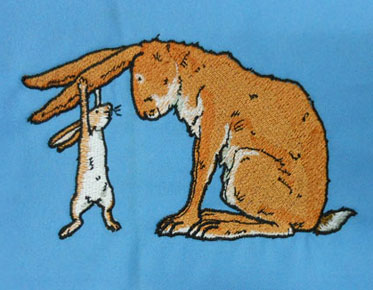How to Make Your Embroidery Designs Look Great When You Sew Them Out
When you sew a new design, it can be
frustrating if your designs don't turn out the way you want them to. But don't
worry; Eagle Digitizing will help
you identify the most common problems and fix them for good, so you can get
back to designing without all that frustration.
The first thing that comes to your mind when you have a problem is to blame the digitizer. Sometimes it works, but sometimes it's due to other factors, like faulty sewing, bad thread or needle, bad backing, no top, or even the machine running too fast! Today's machines are running faster than they ought to be, and that's a big selling point if you buy one. You could sew it all day at 1,400 stitches a minute!
I haven't seen too many embroidery
machines where you can sew your garments consistently fast and have high
quality embroidery. When you run too fast, your registration is not the same.
For higher quality work, go slow. Some machines run fine at 850 or 900 stitches
per minute, others go a bit faster, but average around 750-800 stitches per
minute. Many older machines need to run at 600 to 650 stitches per minute. This
is a perfect example of what can happen if the machine sews too fast. This was
brought to me by a student of mine who wasn't happy with how his design looked
when it was sewn. All we do is slow down the machine.
Instead of the digitizer, sew your
design and sew it many times. While you're sewing your designs, take your
design sheet and mark the location of each problem. If the problem is
design-related, you'll always have the same problem at the same place each time
you run your design. If there is a problem in other parts of the design, then
it is time to explore other problems that may arise.



